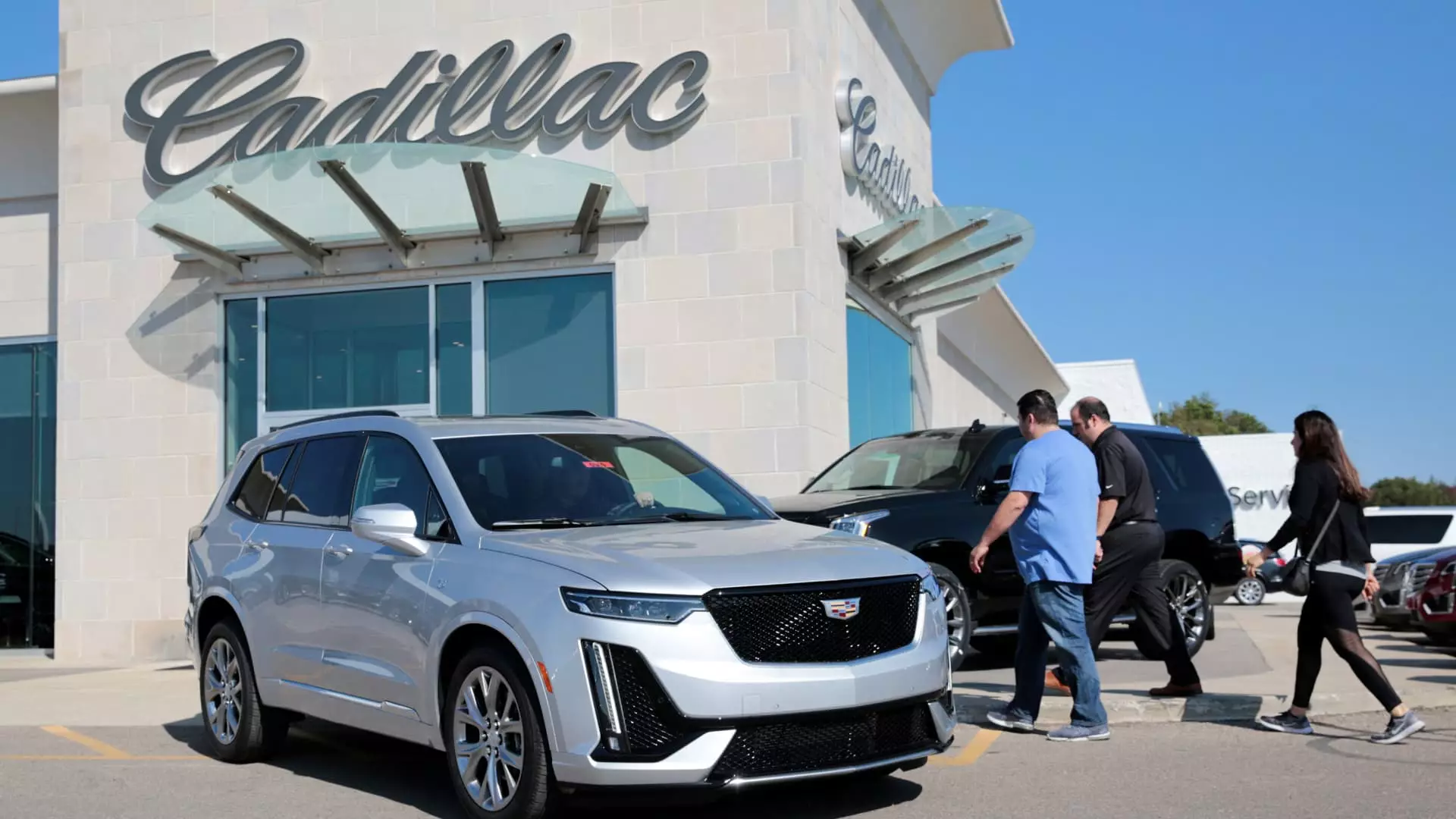General Motors’ decision to halt production of the XT6, a gasoline-powered Cadillac crossover, illustrates an undeniable pivot in the automotive world. The Spring Hill, Tennessee plant, once a hub for the XT6, will now shift its focus entirely towards electric vehicles (EVs), aligning with the broader trend toward sustainable transportation. This move reflects more than just a business decision; it embodies the automaker’s intention to redefine its identity in a rapidly changing marketplace. Amid a national push for cleaner energy, GM is acknowledging the consumer preference for greener alternatives.
The XT6: A Lackluster Performance
The decision to cease production of the XT6 is perhaps a tacit admission of its subpar market performance. With average yearly sales of only 19,000 units since its launch in 2019, the XT6 failed to make a significant impact alongside its rivals. It appears that buyers were not captivated by its features, overshadowed by options like the cheaper GMC Acadia. This underwhelming sales record raises critical questions about GM’s strategic planning and market assessment. Was this a case of poor marketing, or simply the wrong product at the wrong time? Either way, the cancellation signals that consumer engagement cannot be ignored in product planning.
The Battle of the Crossovers: XT5 Thrives Amid Shifts
Interestingly, while the XT6 flounders, its smaller counterpart, the XT5, has continued to thrive. With strong customer demand cited in internal memos, this crossover finds itself in a favorable position among Cadillac’s lineup, second only to the prestigious Escalade. This contrast highlights the volatility within the automotive landscape, reflecting how quickly consumer preferences can shift. It’s an encouraging sign for GM that not all its internal combustion vehicles are destined for obsolescence. The XT5’s extends production until at least 2026, a lifeline amidst the sea of change.
Embracing the Electric Future: Cadillac’s EV Ambitions
Cadillac’s commitment to the all-electric lineup reflects broader industry transformations. The brand has indeed tempered its goal of selling exclusively EVs by 2030, yet its ambitious product rollout, including the Cadillac Lyriq—the first EV from Cadillac—indicates that traditional vehicles are being hastily phased out in favor of greener options. In a world increasingly defined by climate action, can Cadillac strike the right balance between old and new? It’s a precarious tightrope that demands visionary leadership and consumer insight.
Downtime and Layoffs: A Sign of Strategic Adjustments
Beyond product alterations, the memo outlining scheduled downtime and temporary layoffs at the Spring Hill facility emphasizes the intricate dynamics of supply and demand. Such strategic adjustments may be necessary, but they come at a cost to employees and local economies. Layoffs represent a troubling reality for workers and their families, underscoring that even in transformational growth, the human element remains vulnerable. The agility required to navigate these waters is commendable but must be balanced with a sensitivity to its impact on the workforce.
As GM continues to adapt, it faces the dual challenge of meeting the expectations of an environmentally conscious consumer base while ensuring the livelihoods of its workers. In this time of transition, the stakes could not be higher; the journey towards sustainability must not tread on the welfare of those who drive the industry forward.

